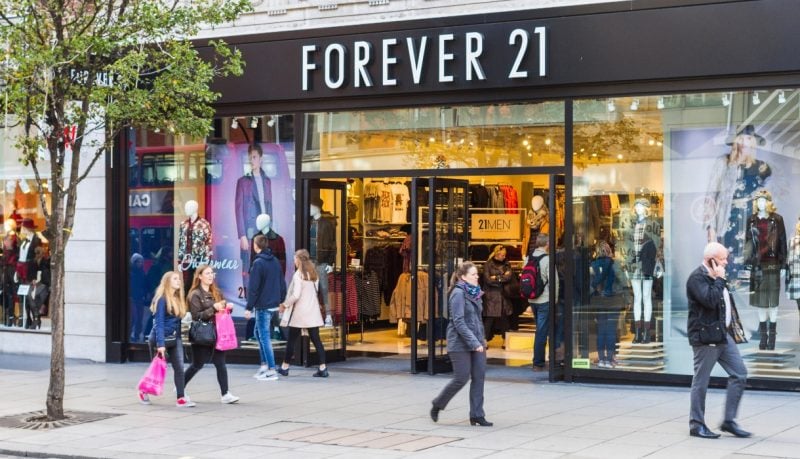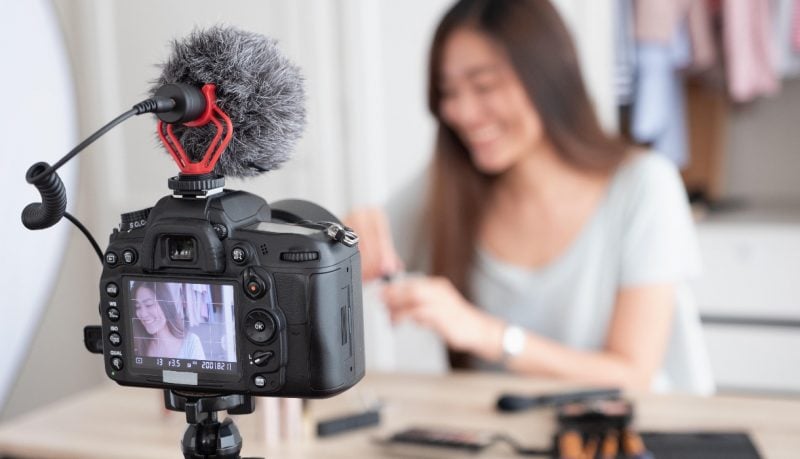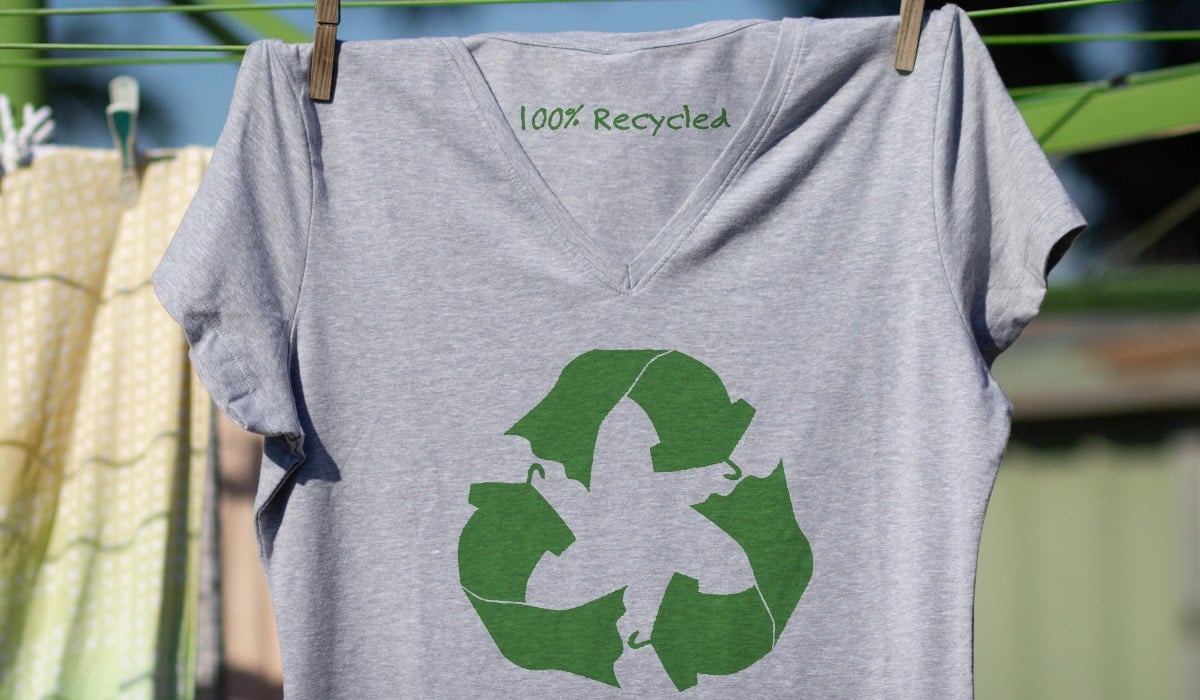Since “ethical” and “sustainable” fashion became integral components of fashion brands’ sustainability strategies, a string of recycled mostly beige linen garments photographed against a backdrop of environmental hashtags have become a staple of nearly all high street and high fashion brands. At first glance, one might view this as a step towards creating a more sustainable fashion climate, in particular reducing the amount of new fashion being produced and subsequent waste that follows right after. However, the industrial rate at which fashion is being produced is speeding up so much that it’s actually begun to outpace the efforts of brands to make fashion more sustainable. Therefore, accompanying the privilege attached to shopping ethical and sustainable clothing is a burning question: is it simply too late for ethical and sustainable fashion?
It is widely accepted that the fashion industry has reacted too late and too slowly to meet the ethical and sustainable expectations demanded by consumers today. In fact, it was actually forewarned by Marketing Professor at the University of Pennsylvania Barbara Kahn that once trends like ethics and sustainability engulf the fashion industry, “the legacy brands better be paying attention.” But what happens if fashion brands aren’t paying attention? Or, they do pay attention but fail to react in time to what could be perceived as social trends which are often as short-lived as fashion trends? Well, they could end up like once booming fashion retailer Forever 21. Forever 21, once sewn into the fabric of high streets around the world, in September 2019, filed for bankruptcy. Unlike Forever 21’s two biggest competitors Zara – which in July (2019) pledged to use 100% sustainable fabrics by 2025 – and H&M, which at the start of October (2019) released plans to become ‘climate-positive’ by 2040 – meaning they will achieve net zero carbon emissions – Forever 21 failed to adapt to and has been cast aside. Arguably, this is the experience of many fashion retailers in the free-market capitalist economy, but the process is speeding up when social callings – like more sustainable and ethical practices – begin grappling with entire industries.

The fashion industry is not alone in their claiming of ethical and sustainable practices, it’s a movement that has taken hold of the food, cosmetics, oil and transport industry too. Even within the fashion industry, it’s not the producers alone who are responding to these social demands. In fact, the media that represents the fashion industry and government policy which regulates it has also started to adopt the two popular terms. Increasingly we are seeing magazines create fashion sustainability issues, this includes Marie Claire who launched their Sustainability Issue in October (2019), and Vogue International who will return with their annual Sustainability Issue this February. Additionally, in a bid to make the fashion industry more accountable and sustainable, there are talks of government schemes – like what is happening in the UK with MP’s trying to implement a 1p tax on all clothes bought from fast fashion retailers – to create a budget to deal with growing fashion waste. It doesn’t matter where you turn, it seems everyone has their eye on the sustainability ball.
In fact, one wouldn’t be alone in thinking fashion brands are actually starting to capitalise on the systemic problems they’re actually guilty of introducing and inflating. At close inspection, fashion brands are not doing much to curve overproduction and reduce their fashion waste contribution, but instead, they are adding to the fast fashion problem by creating more fashion lines often branded as ‘eco,’ just think of ASOS’s “Eco Edit” collection. Thus, while some brands are better than others in their environmental commitments, as an industry, these steps are baby in size and they’re nowhere near enough. However, the buck doesn’t start and stop with fashion brands, the consumer also plays an integral role in ensuring ethical and sustainable fashion is the future and not just a fad.
Arguably, brands are only creating sustainable fashion lines as a response to a consumer shift towards ethical and sustainable products. This is why we are experiencing an explosion of ethical and sustainable fashion brands cropping up around the world. While on the surface this is great for the environment, it’s not so great on the wallet of the shopper as typically attached to these ethical and sustainable labels are more expensive price tags. Nonetheless, this means, in theory, we should already be seeing an increase in consumption of ethical and sustainable products. However, if one looks at fashion consumption in the US, Europe and Asia, it appears the appetite slow fashion hasn’t increased as much as you’d think given this perceived tsunami in demand. In fact, when you compare fast and slow fashion, it becomes apparent that consumption of cheap fast fashion, which has no ethical or sustainable ethos, far outweighs the consumption of eco-sustainable-transparent-ethical-and-certified clothing that dominates the pages of glossy fashion magazines. But why is this?

One way we can answer this question is by looking at shopping trends, in particular how fashion is purchased. Online shopping with its easy accessibility has become the most popular route to buying anything from fashion to technology. According to Fashion United, whilst each age group is experiencing a rise in online shopping, 89% of 25-34-year olds shop online the most, making that age group the biggest online shoppers. This is supported by Statista which also crowned 25-34 year olds as the biggest shopper of clothes an sports goods online in the UK in 2019, scoring 80%. This was followed by the 16-24-year-old age group which scored 79% from Statica. Taking these facts into consideration, it can be concluded that the age group dominating the online shopping market is 16-34 year olds – an age group are the most social media led. Therefore, it’s not surprising that fast fashion consumption dominates the fashion industry as young consumers shop the cheap wear-once-and-throw-away garments worn by their favourite influencers, who rarely (if ever) advertise eco-friendly recycled five-hundred pound jumpers and one-thousand dollars upcycled carbon-neutral fur coats.
Fashion influencers and online shopping has perpetuated the fast fashion problem. But you don’t need to take my word for it, Drapers reported that online retailer I Saw It First’s exclusive sponsorship of Love Island, the most popular television show in the UK amongst 16-34 year olds according to the BBC (the same demographic reported by Fashion United and Statica as online shopping the most) reported a jump in sales of 40%, increased website traffic by 60%, and a 254% increase in Instagram followers during the shows two-month span. I Saw it First’s Brand Director Leanne Holmes said, “This has proven to be a fantastic opportunity for us to gain direct access to our target audience as we’ve had a quarter of a million new customers shop on site since the first episode aired. The Love Island live TV show, app and associated social media, allows us to make [affordable fashion accessible] as we showcase what’s been worn in the show with an option to purchase.” Leanne continued, “Our audience can see a look on the show and make it theirs the very next day. This is exactly what I Saw It First strives for: delivering affordable, high fashion, fast.”

This online and influencer-led marketing strategy is manipulating the shopping habits of the most easily accessible consumers. However, the greater influencer marketing becomes in dictating trends, the greater damage done to slow fashion and the environment. This example highlights how brands like I Saw It First are successful at engaging with consumers, regardless of the challenges ethical and sustainable fashion demands propose. But more significantly, it signifies that while there is a lot of media noise around the demand for ethical and sustainable fashion, a large proportion of consumers don’t appear to be taking much notice. This allows many critics to argue ethical and sustainable fashion is a fad, not the future, and it could be too late for any drastic change to occur. However, with the rise of climate activists and slow fashion, which promotes natural materials and net zero waste, the future is in fact, in all of our hands.





